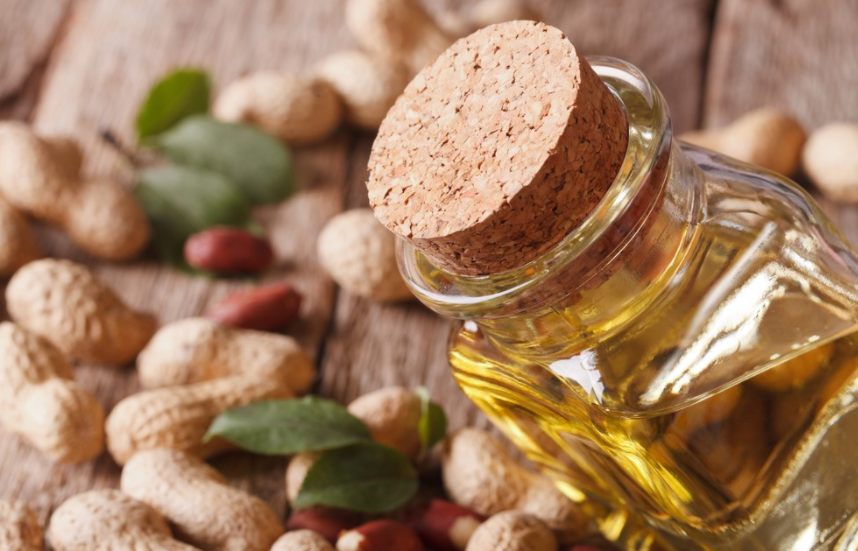The crude peanut oil produced from the pressing or extraction workshop generally contains trace impurities and some useless substances, which will affect the edibility and stability of the peanut oil. These impurities need to be removed through the refining process to obtain the finished peanut oil. The peanut oil refining process mainly includes four stages: degumming, deacidification, decolorization and deodorization. Through the following introduction you can understand the detailed process of peanut oil refining process.

1. Degumming
Hydration degumming is a common method of edible oil degumming, that is, using the hydrophilicity of peptic impurities such as phospholipids, adding hot water or dilute alkali, salt, phosphoric acid and other electrolyte aqueous solutions to the crude peanut oil by stirring to make the peanut soluble Impurities absorb water to condense, then settle and separate from grease. The degumming effect depends on the setting of process parameters and the control of operating time during the degumming process of peanut oil, such as the amount of water added, operating temperature, mixing intensity, action time and so on. This requires experienced engineers to determine the process parameters and operating time for you to ensure a good degumming effect.
2. Deacidification
There are two common deacidification methods, chemical deacidification and physical deacidification. Chemical deacidification means adding lye to peanut oil to neutralize the free fatty acid to achieve the effect of deacidification. Physical deacidification is the process of passing direct steam into peanut oil to remove free fatty acids. The cost of physical deacidification is higher than that of chemical deacidification, and the deacidification effect will be better. You can learn more about the difference between the two through the following article: Edible oil deacidification process.
3. Decolorization
The pigments contained in peanut oil can be divided into two categories, one is the natural pigments originally contained in peanuts, and the other is the newly generated pigments in the oil production process. These two pigments will affect the color and quality of peanut oil, so it needs to be decolorized. The decolorization method in peanut oil refining process is generally adsorption decolorization. Adsorption decolorization is the process of adsorbing pigments and other impurities in peanut oil with strong adsorption of clay. After decolorization, the waste clay in the crude oil needs to be filtered out with a leaf filter. The process of decolorization and filtration is generally repeated 2-3 times to ensure a good decolorization effect.

4. Deodorization
Deodorization is a process that uses the difference in volatility between odorous substances and crude oil to remove odorous substances by passing direct steam into the crude oil under high temperature and high vacuum conditions. After deodorization, the flavor and color of peanut oil are changed, and the stability and quality are also improved.
The deodorized peanut oil is the finished peanut oil that meets the national standards. You can pump it into an oil tank, then fill it and sell it. Of course, you can also carry out further processing according to market demand. Whether it is peanut oil refining process, peanut oil filling production line, or peanut oil deep processing technology, Henan Zhongxing can provide you with the corresponding process design and supporting equipment. Contact us, you will have a good harvest.
Copyright © Henan Zhongxing Grain And Oil Machinery Co.,Ltd. All Rights Reserved. Powered by MetInfo